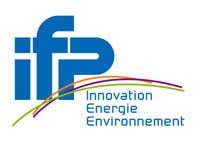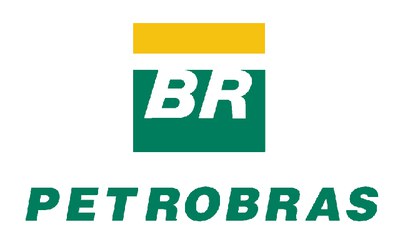FLUMY JIP has started!
Join the Flumy IV JIP now and directly access to our new research!

Visit our HAL ![]() database to access our publications
database to access our publications
What is FLUMY?
FLUMY is a process-based model for meandering channels in both fluvial and turbidites environments. FLUMY combines first-order hydraulic equations to track the evolution of meandering channels and realistically build associated sediment accumulations. FLUMY generates 3D reservoir models following user-defined multi-sequences scenario, which can be conditioned to existing subsurface datasets (well or seismic data).
FLUMY is computationally fast and robust. Thanks to its stochastic approach, FLUMY can generate several equiprobable simulations for the same parameters set, which allow improving uncertainties characterization while honoring your field data.
FLUMY model output can be easily imported as a new facies, grain size or age property into Petrel, Skua or any other reservoir modeling software suite.

How to cite?
When using FLUMY, you must acknowledge us using the following reference:
-------------------------------------------------- FLUMY™ Process-based channelized reservoir models Copyright © MINES PARIS PSL / ARMINES Free download from https://flumy.minesparis.psl.eu --------------------------------------------------
FLUMY story
Since 2000’s, FLUMY has been developed by MINES PARIS PSL in collaboration with industrial partners through several consortia. Overall, the realistic models of deposits generated by FLUMY are appreciated by all (teacher, researcher, reservoir engineer,…). Predicting the geometry of alluvial or submarine deposits is necessary for recovering oil and gas, storing CO2 or nuclear waste, understanding alluvial groundwater path or exploiting geothermal energy. The modeling of mineralized bodies extension and connectivity makes FLUMY models sound inputs for fluid flow simulations and training images generation.
Since its early development, FLUMY has managed to remain computationally fast and user-friendly. The users can vary parameters, such as aggradation rate, avulsion period, channel wavelength or erodibility coefficient, and test their impact on channel evolution and the resulting stratigraphy. Recent improvements have been done to make FLUMY easy to use by reducing complexity to a limited number of key parameters which can be infered directly from well data.
Finally, FLUMY has been designed and improved over the year so that the realization can be conditioned by data imported by the user, i.e. seismic, erodibility map, drilled wells, channel centerline or topographic data.
On-going developments through the current research program concern the enlargement of the model to more complex systems (distal lobes, slope tilting, multi-channels…), taking into account external forcings (tectonics and climatics) and improving the conditioning and history matching process (with Deep Learning technics).
Previous Partners






Contact
The FLUMY team is composed of researchers, engineers (and students) of MINES PARIS PSL (Centre de Géosciences in Fontainebleau – France) with expertise in Geology and Geostatistics.
To access our publications, please visit our HAL ![]() database
database
FLUMY team Contact: flumy@mines-paristech.fr (33) 1 64 69 47 79 (Fabien Ors) MINES PARIS PSL/Centre de Géosciences Geology and Geostatistics group
